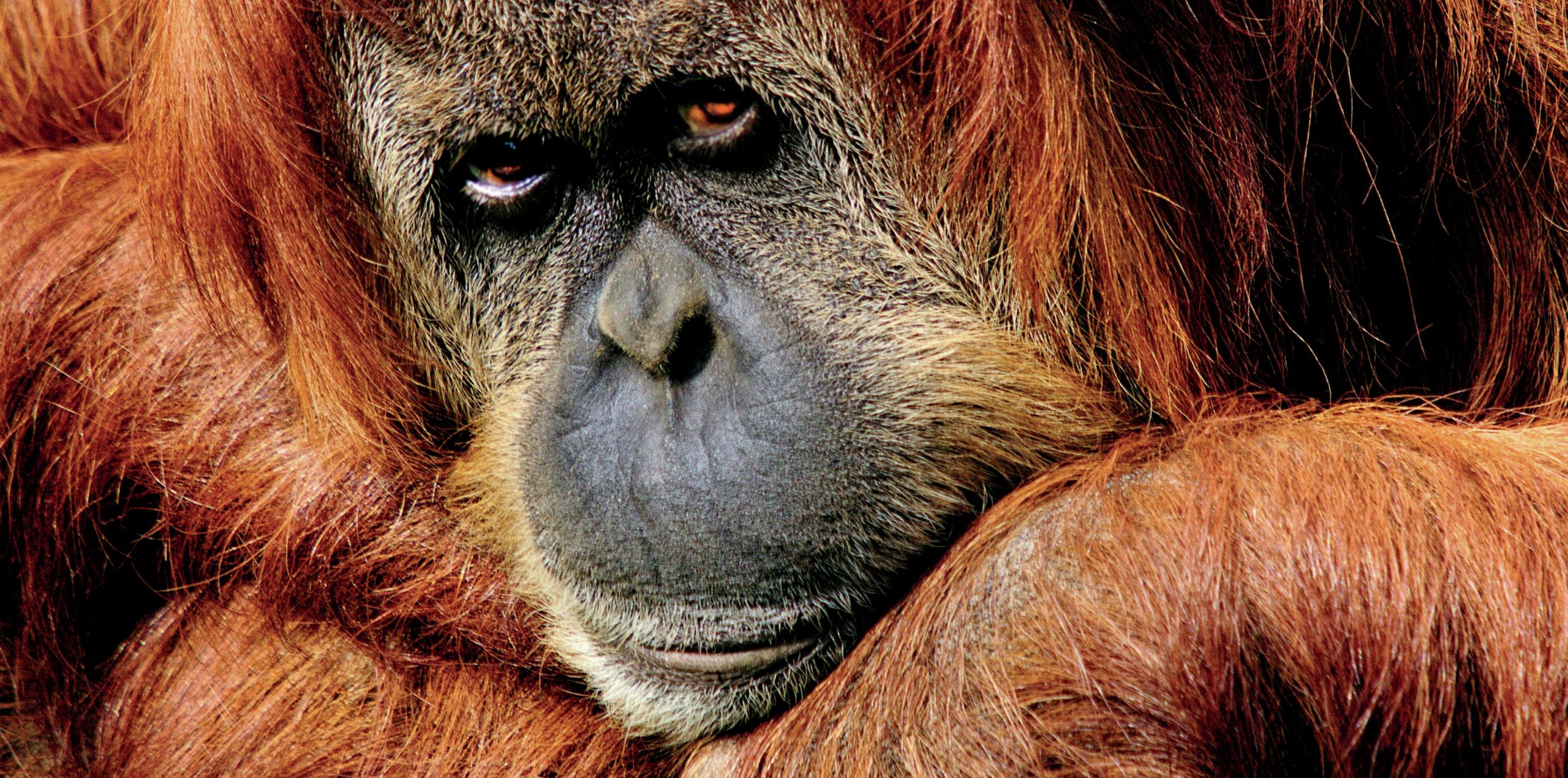
The Bornean orangutan (Pongo pygmaeus) was declared critically endangered 3 years ago by the International Union for the Conservation of Nature (IUCN). There are currently only around 100 000 wild Bornean orangutans, compared with almost 300 000 in 1973. This number is predicted to decline by a further 22% by 2025 (see Figure 1). There are many reasons for this population decline, with the impact of human activity being by far the most significant. The biggest problem is habitat loss, caused by commercial logging and palm oil plantations.
Palm oil plantations have largely replaced the pristine primary rainforest that once covered Borneo. The primary rainforest is usually burnt to clear the land ready for planting oil palms. The fires kill the existing wildlife. Where patches of rainforest remain, unless they are sufficiently large, or linked to each other by corridors (see pp. 22–26, this issue), they cannot support orangutans. Orangutans spend around 6 hours a day eating, and as 90% of their diet consists of fruit, they need access to large numbers of fruit trees.
Your organisation does not have access to this article.
Sign up today to give your students the edge they need to achieve their best grades with subject expertise
Subscribe




